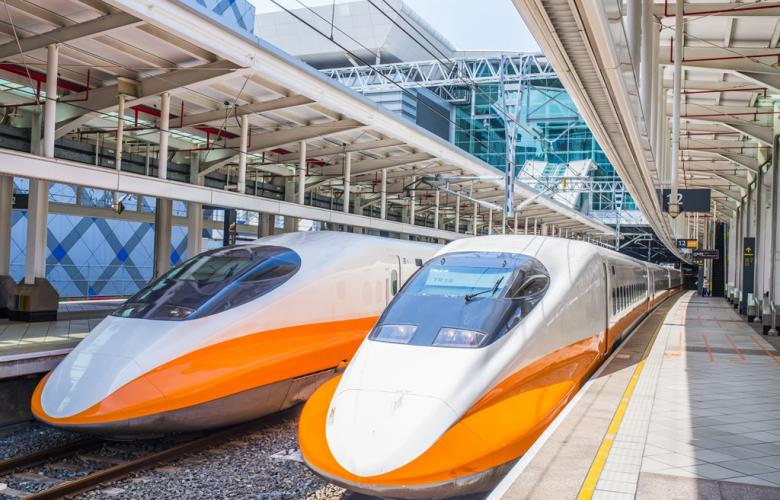How high speed rail could energize Southeast Asia
Contact
How high speed rail could energize Southeast Asia
"High-speed rail tracks are notably absent in Southeast Asia – for now"
The 10-nation ASEAN bloc envisages a pan-Asia rail link, which originated in a 1995 speech by Malaysian Prime Minister Mahathir Mohamad. The idea is to complete a link between Singapore and Kunming, in southwest China, passing through Malaysia, Thailand, Cambodia and Vietnam before reaching China. Spur lines would link Thailand to Myanmar and Laos.
Such a high speed rail network would cut down on time and fuel. Most importantly, though, development would cluster around not just the big cities but also the transit points along the way.
That can help developing nations jump to developed status. “Economic wealth would be more evenly distributed across the region eventually,” says Dr Chua Yang Liang, Head of Southeast Asia Research at JLL. “Modern rail lines would not only create new hubs in and around the cities where high speed trains stop but would also bring investment opportunities to the wider area”.
Retail, hotel and office projects are likely to mushroom around those transportation nodes, Chua believes. “Sentral in Kuala Lumpur, for instance, is a prime example of how strong connectivity has produced a thriving office, retail and residential community,” he adds.
A work in progress
Actual progress, however, is slow. A Kuala Lumpur-Singapore high-speed rail link was signed by the Malaysian and Singaporean governments in 2016. Malaysia and Thailand are also in talks to build one linking Kuala Lumpur and Bangkok.
And the plan is not without its critics, who say that the current Master Plan on ASEAN Connectivity merely ties up various national or inter-country links that are in the formative stages.
Politics too is at play with. Japan and China jockeying for position to fund rail projects at a government level and line up construction bids for their companies.
Yet these regional powerhouses have a wealth of experience in high-speed rail. It all effectively started in North Asia, when Japan linked Tokyo with Osaka prior to the 1964 Olympics. Outside Japan, it has been relatively slow to develop elsewhere in the region– up until the last decade or so when China opened its first dedicated high-speed line, the Shanghai-Nanjing line in 2007. This was followed by the Korean Train Express (KTX) in South Korea and the Taiwan High Speed Rail (THSR) the same year.
High-speed rail is best-suited to countries with densely populated cities, according to Steven McCord, Head of Research for North China at JLL. In populous cities, the rail lines seamlessly connect to citywide transportation. In Japan and Hong Kong, mixed-use developments are often “bolted” right on top of the train stations, which then become destinations themselves.
The high speed rail effect
High-speed rail doesn’t just change the physical landscape. It can cause a shift in mindset. “Beijing residents used to think of Tianjin as a distant destination, a full day’s travel away. Now they see it as their own backyard,” McCord notes, the inter-city line reducing travel time to just 35 minutes.
“The sweet spot for rail convenience over air and road is a trip of less than five hours, over distances of 100 to 1,200 kilometers,” he adds.
That includes everything along the Shanghai-Beijing corridor. As a result, the Beijing-Shanghai high-speed route is both the world’s largest and also the world’s most-profitable bullet-train link. It has also spurred development in Nanjing, Changzhou, Wuxhi and Suzhou. Yet what’s worked in China may not necessarily work in other areas of Asia.
“The effects of high-speed rail in relatively impoverished regions are less certain,” adds Warner Brown, Associate Director of Research in Shanghai. He is watching to see the effect of the Shanghai-Kunming line on Guizhou Province, for instance, one of China’s least-developed areas.
Southeast Asian governments will also be keen to appraise its impact. Indeed, many of the learnings from existing high-speed rail links across Asia can be applied to the Southeast region to create opportunities not just for investors and developers but also for the businesses and inhabitants of the cities along the new high-speed track.
This article was first publised on jllrealviews.com written by Alex Frew McMillan










